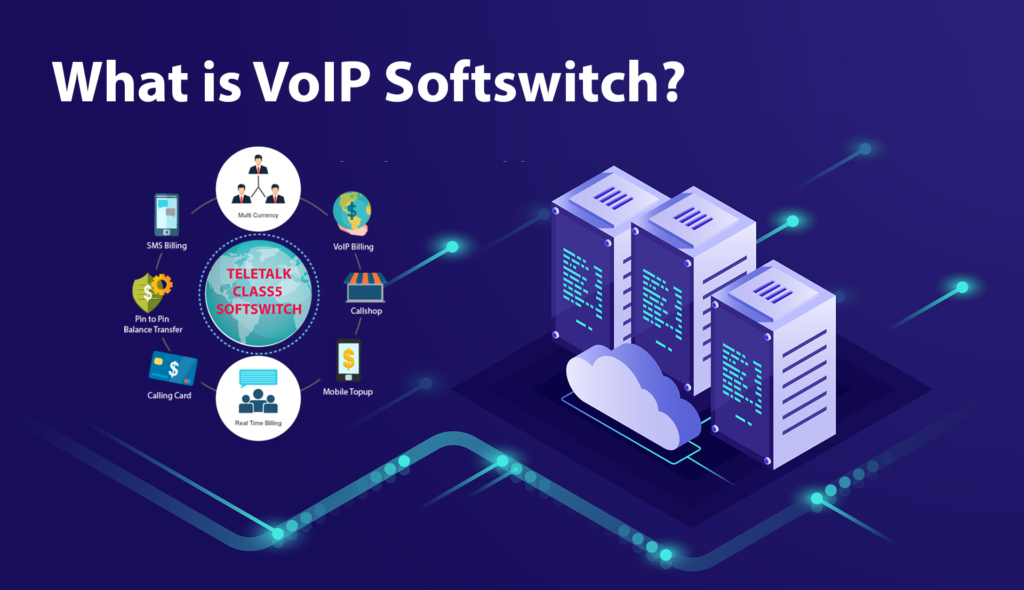Are you confused about what a VoIP Softswitch is and how it can benefit your business? Look no further, as we break down the basics of this crucial technology.
A Softswitch, also known as a VoIP Switch, is essentially a central device in a telecommunications network that connects phone calls from one line to another. In the realm of Voice over Internet Protocol (VoIP) communication, a VoIP Softswitch is specifically designed to route and manage VoIP calls over the internet.

There are two main types of VoIP Softswitches: Class 4 and Class 5. A Class 4 Softswitch is used to route large volumes of long-distance calls between carriers, while a Class 5 Softswitch is typically used for residential or small business VoIP services.
One of the key advantages of using a VoIP Softswitch is its flexibility and scalability. Because calls are routed over the internet, businesses can easily add or remove phone lines without the need for physical infrastructure changes. Additionally, VoIP Softswitches can offer advanced features like call routing, conferencing, and voicemail, making it a valuable tool for businesses looking to streamline their communication processes.
SIP Softswitch is another important aspect of VoIP technology, as it allows for the initiation and termination of VoIP calls using the Session Initiation Protocol (SIP). This protocol is vital for ensuring seamless communication between different devices and networks.
In conclusion, understanding the basics of VoIP Softswitch technology is essential for any business looking to take advantage of the benefits of VoIP communication. By utilizing a VoIP Softswitch, businesses can improve their communication processes, reduce costs, and enhance their overall productivity. So, if you’re looking to upgrade your communication system, consider implementing a VoIP Softswitch today.
